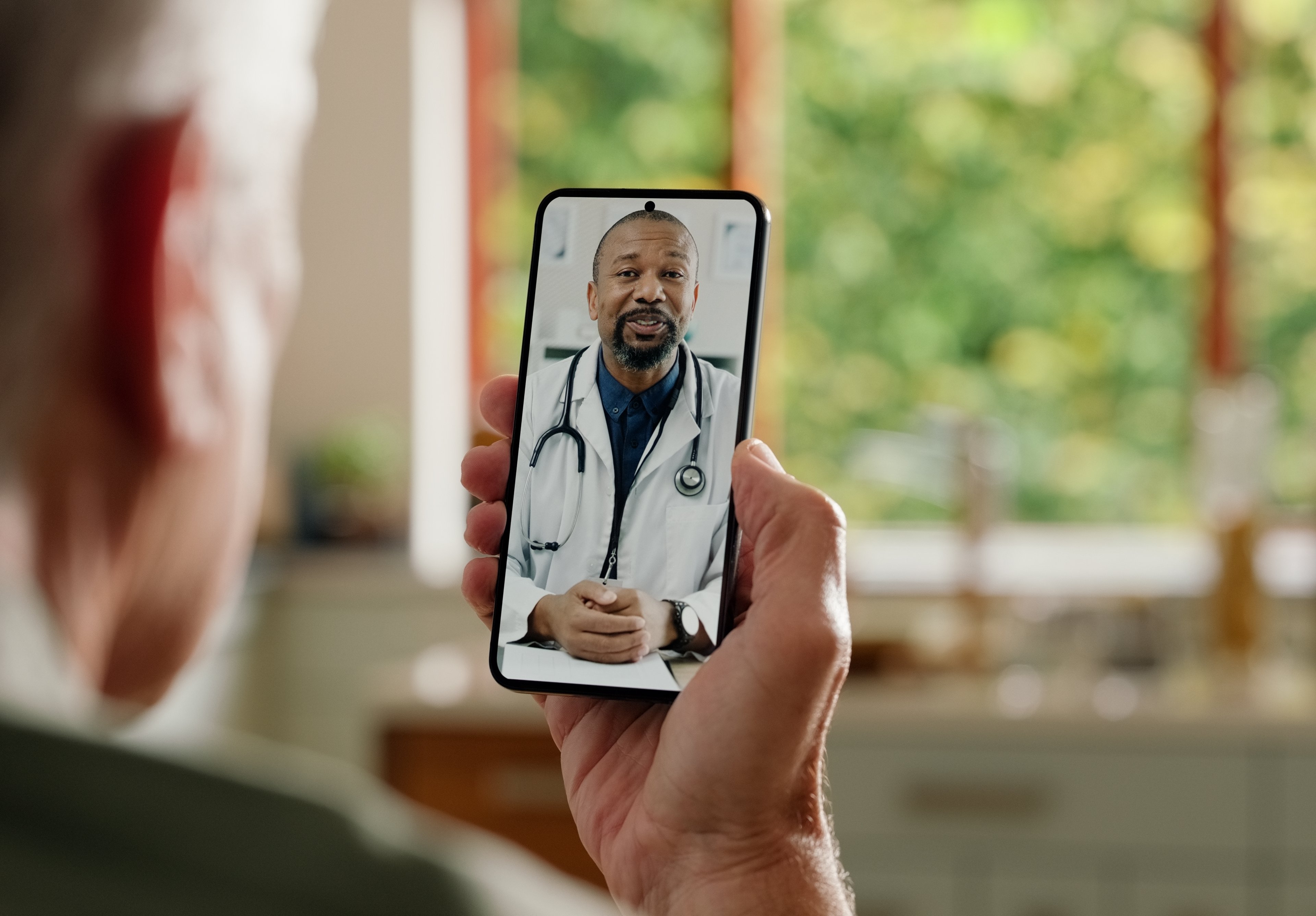Investing in biopharmaceutical stocks can be an uphill battle from day one. For example, Medscape notes that of any 5,000 to 10,000 drugs investigated in a preclinical setting, only one will make it to pharmacy shelves. That's an extremely high fail rate and all the more reason why having a diverse and deep pipeline is important in the biotech and pharmaceutical industry.
However, nowadays being successful requires more than just getting a drug approved by the Food and Drug Administration. Because of advancements in the drug discovery process, considerably more competition than even a decade ago, and no guarantees of a successful drug launch following approval, the chances of a therapy hitting blockbuster status (greater than $1 billion in annual sales) are not great.

Source: Bristol-Myers Squibb.
The best-selling drug in the world
Within that rare group sits the best-selling drug of all time: Pfizer's (PFE +0.00%) cholesterol-lowering Lipitor. According to figures from FiercePharma in November 2011, Lipitor then had $131 billion in lifetime sales. Bristol-Myers Squibb's (BMY 0.41%) blood thinner Plavix was a distant second with roughly $60 billion in lifetime sales at the point.
Pfizer's Lipitor has long lost patent exclusivity since FiercePharma released these figures two and a half years ago, yet it still finds a way to sell in branded and generic forms as a cholesterol-lowering medication, and in combination with other therapies, such as with Merck's Zetia in FDA-approved cholesterol medication Liptruzet. In other words, it's conceivable that even off-patent, Lipitor's branded sales have moved closer to the $140 billion lifetime sales mark.
Lipitor has essentially set the bar for every drug to follow-a so-called path to success. It's combination of a broad-market audience, breakthrough effectiveness, and big marketing budget behind the drug, turned it into an absolute powerhouse which a number of biopharmaceutical companies are trying to emulate.
As you might imagine, there are obvious benefits to owning shares in a company with the best-selling drug in the world, including consistent cash flow and likely a very healthy dividend.
Three next-generation therapies ready to shine
The big question on investors' minds with Lipitor now off patent is whether or not there's a new generation of therapies ready to step up and lead. Today we're going to look at three recently approved drugs that clearly have a lot of momentum in their sails and determine what potential rewards and risks could lie in their path.
Sovaldi
First up is recently approved hepatitis C medication Sovaldi, made by Gilead Sciences (GILD +0.09%).
Sovaldi offers some hepatitis C sufferers a huge improvement in quality of care while benefiting patients with a much-improved sustained virologic response rate, or SVR, at 12 weeks (i.e., an elimination of all detectable levels of the disease). Specifically, Gilead can be administered to patients with genotypes 2 and 3 without the need for interferon, which has been shown to cause flu-like symptoms in recipients. Not only will this make the treatment course easier for these patients, but genotype 1 through 4 patients all experienced SVRs of 90% or higher over the course of the treatment.
The best thing about Sovaldi is its potential to drastically reduce treatment time. In February, Gilead filed for approval to use the combination of ledipasvir and Sovaldi to treat genotype 1 patients, as in some instances the treatment course was effective (93%-94% SVR) in as little as eight weeks. This combination would also eliminate the need to use ribavirin or interferon, improving convenience and quality of care by a mile over the previous standard of care.
The drug launched in December and racked up $2.27 billion in sales in the first quarter, making it an instant blockbuster. Keep in mind some of that was likely due to inventory stocking, but it nonetheless makes Sovaldi the fastest-growing drug in history.
No drug is without risks, and two stand out that could keep Sovaldi's sales from maintaining this fast pace.
First, the government and insurers seem very displeased with the company pricing its drug at $1,000 per day, or $84,000 for a standard course of treatment. While the treatment is proven to be effective, this price will be unaffordable for some patients. Sovaldi's lifetime sales will also depend on how it prices the drug in foreign established and emerging markets. Chances are it will be at a discount to the $84,000 U.S. price, but no one is yet quite sure how much of a discount.
Second, Sovaldi won't be the only show in town when it comes to treating hepatitis C. AbbVie, for example, has a direct-acting antiviral that can be given to genotype 1 patients (the most common, but most difficult form of the disease to treat) without the need for interferon, and it has also delivered SVRs of 90% or better in multiple late-stage studies. AbbVie filed for a new drug application for this DAA just a few days ago, and I believe it will be approved by the FDA.
Imbruvica
Developed by Pharmacyclics (NASDAQ: PCYC) and licensed by Johnson & Johnson (JNJ 0.96%), Imbruvica became just the second breakthrough therapy-designated drug to be approved by the FDA.

Source: Bristol-Myers Squibb.
Imbruvica is approved to treat mantle cell lymphoma and chronic lymphocytic leukemia, or CLL, and works by blocking a critical enzyme that allows cancer cells to grow and divide. In CLL, by far the larger treatment indication and the most common form of leukemia in adults, 58% of patients experienced cancer shrinkage. Keep in mind, Imbruvica isn't a first-line therapy and the average diagnosis for CLL patients in its study was 6.7 years prior, making its overall response rate so incredible. In addition, the average duration of response ranged from 5.6 months to as high as 24.2 months. In mantle cell lymphoma, Imbruvica delivered an overall response rate of 66%, and was approved months ahead of its expected PDUFA date.
Imbruvica may not be done just yet. It is being studied in numerous additional studies spanning multiple myeloma, marginal zone lymphoma, follicular lymphoma, and diffuse large B-cell lymphoma, for instance, which offer the opportunity to greatly expand its indications.
Imbruvica's revenue in the fourth quarter was a modest $13.6 million, but that included just a few weeks of commercial sales, and only for the smaller mantle cell lymphoma indication. With the CLL indication now approved and a full quarter of MCL sales under its belt, and high expectations for the drug's long-term potential, Pharmacyclics' first-quarter report next week could yield surprisingly strong sales figures.
On the flip side, Imbruvica's greatest risk is the drug development process itself. No disease indication gets more development funds thrown at it than cancer research. It's quite possible and probable that a competing drug could come along using newer technology or a different pathway to treat leukemia. Next week's earnings report will likely set the tone for Pharmacyclics' share price over the coming months.
Eliquis
Finally we have revolutionary blood thinner Eliquis, made by none other than Pfizer and Bristol-Myers Squibb.
What makes Eliquis so exciting is that in a double-blind, head-to-head study against Warfarin it exhibited fewer instances of strokes or system embolisms, had fewer major bleeding events, fewer hemorrhagic strokes, and fewer deaths during the study.

Source: Bristol-Myers Squibb.
The real allure of Eliquis lies in expanding its indications beyond its current FDA approval to reduce the risk of blood clots following hip or knee replacement surgery. In its ARISTOTLE trial (of which results were released in September of last year), Eliquis became the first anticoagulant to ever significantly reduce all-cause death in a study that pitted it against Warfarin for the prevention of stroke or systemic embolism in more than 18,000 patients with atrial fibrillation and at least one high-risk factor for stroke. It's estimated that more than 5 million American and 6 million Europeans suffer from atrial fibrillation, making Eliquis a therapy with global appeal.
However, three things could stand in the way of Eliquis becoming a powerhouse.
First, the FDA is pretty unforgiving when it comes to approving blood-thinning meds. Although the data looks rock solid, we've learned over time that trial data needs to be airtight for this indication in order to receive approval. In other words, don't count your chickens here before they're hatched.
Second, Pfizer and Bristol-Myers have to effectively convince hundreds of thousands of physicians that Eliquis should be their treatment of choice. Sure, on paper and in studies Eliquis outperformed Warfarin, but the Warfarin name is well known and has been a go-to for decades. Changing that perception could be tougher than these pharmaceutical giants anticipate.
Lastly, Boehringer Ingelheim's Pradaxa won't go quietly into the night, either. In clinical studies when take twice daily in a 150-milligram dose, Pradaxa was shown to be superior to Warfarin as well. Without any head-to-head comparisons between Pradaxa and Eliquis it could be difficult for Pfizer and Bristol-Myers to differentiate their treatment.









